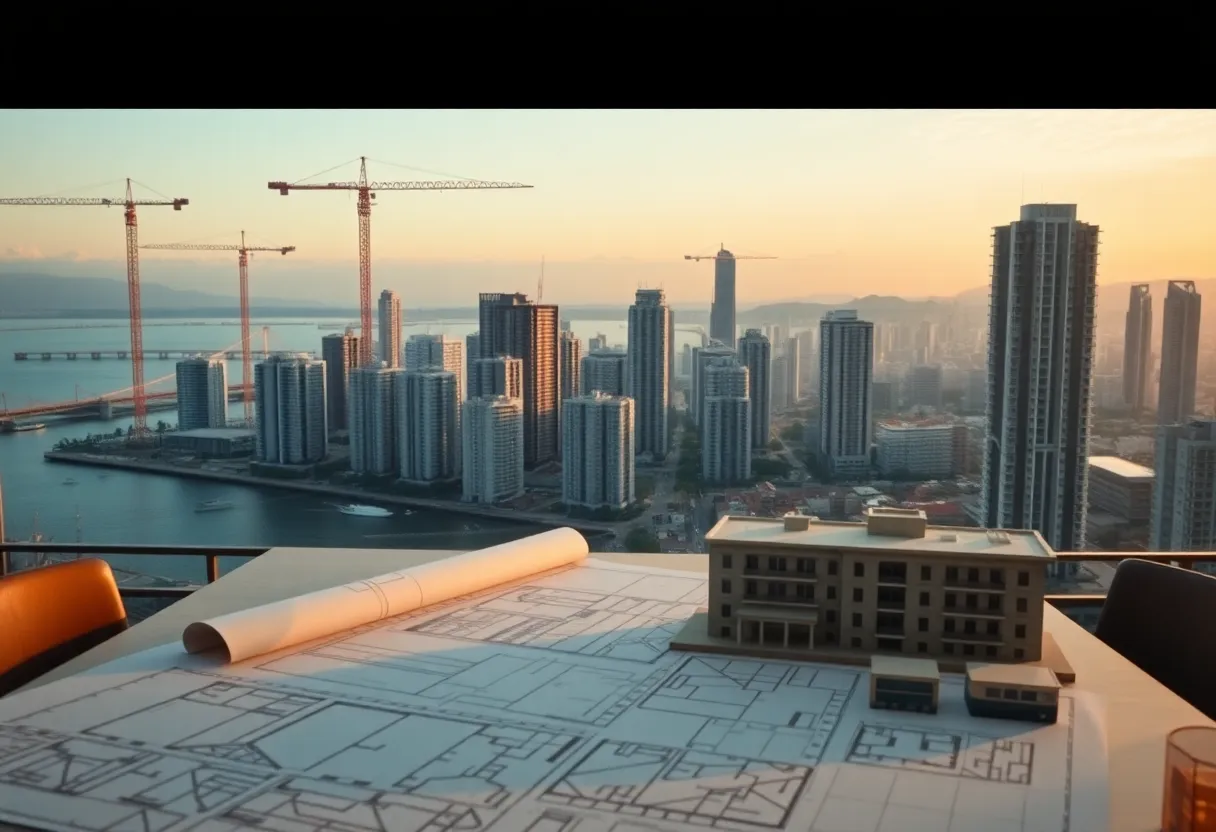Santa Monica, California, August 28, 2025
News Summary
Santa Monica’s City Council voted 6-1 to adopt an emergency pilot allowing developers to meet local affordable-housing requirements by building units off-site, rehabilitating uninhabitable units, or paying in-lieu fees. The time-limited program is capped at 1,000 units and requires off-site construction to begin within 48 months of permit issuance, with limited 12-month extensions. Gap financing of $150,000 per unit is available for off-site builds; in-lieu fees are set per square foot for apartments and condominiums. The pilot excludes the Pico neighborhood and staff will return with data before any renewal is considered.
Santa Monica Council Approves Emergency Pilot Letting Developers Build Affordable Units Off-Site
The city council voted 6-1 to launch a time-limited pilot program that lets developers meet affordable housing requirements by building units off-site, or by choosing other alternatives, in an effort to revive stalled housing projects during a construction crisis. The measure was framed as an emergency ordinance aimed at unlocking housing that has been approved but not started because of high interest rates, rising construction costs and other financing troubles.
What the vote decided
The pilot was approved with six council members in favor and one opposed. The mayor cast the lone dissenting vote and raised concerns that the program could push affordable housing to the least expensive land in the city and deepen existing patterns of economic segregation.
Program basics and options for developers
The pilot gives developers three ways to meet affordable housing rules: build affordable units off-site with gap financing, rehabilitate existing uninhabitable units, or pay in-lieu fees. The off-site construction option includes $150,000 per unit in gap financing. In-lieu fees are set at $43.91 per square foot for apartments and $51.30 per square foot for condominiums.
Limits and timeline
The pilot is capped at 1,000 units and will expire on September 30, 2025, unless the council extends it. Staff were directed to return with more data before any renewal, and the ordinance targets roughly 40 stalled housing projects that already have approvals. Under the off-site option, developers have up to 48 months after building permit issuance to begin construction of the off-site affordable units, with possible additional 12-month extensions.
Scale of the backlog
City records show up to 3,598 approved market-rate units and 642 approved affordable units could be eligible across 37 projects. Supporters argue the pilot can help move those numbers from paper to ground. One supporter estimated the ordinance could produce more than a thousand housing units and about 100 affordable units under the pilot rules.
Why city leaders say action is needed
Staff told the council the residential construction industry is facing significant financial challenges tied to macroeconomic and global political factors. Those include elevated interest rates, volatility in construction material costs, and labor shortages. Local rules such as the city’s Measure GS transfer tax were cited as additional complications for construction financing.
Permitting and current activity
The city has seen very little multifamily building permit activity this year. Only two multifamily permits were issued: one for an affordable housing project and the other for a three-unit project. Supporters said the status quo is not producing new projects and that rules need to be adapted to current market realities.
Safeguards and neighborhood protections
The pilot includes a safeguard that explicitly prohibits placing off-site affordable units in the Pico neighborhood, a part of the city where affordable housing is already concentrated. That restriction is meant to limit further concentration of lower-cost housing in that area.
Criticism and concerns
Critics, including housing advocates and tenant groups, warned the program could lead to greater economic segregation in the city and might not produce enough affordable units to meet needs. Some opponents criticized the fast timeline for the ordinance and said community groups were given only a few days’ notice to review the proposal. There were also worries about whether public input was sufficient before the emergency action was approved.
Next steps
Staff must collect more data and return to the council for a review before any extension. Implementation details will include how gap financing is distributed, how rehabilitated units are verified, and how in-lieu payments are collected and used. The pilot is intended as a short-term fix while the city gathers information on its effectiveness and impacts on housing distribution across neighborhoods.
Frequently Asked Questions
What does the pilot allow developers to do?
The pilot permits developers to meet affordable housing requirements by building units off-site, fixing up uninhabitable units, or paying an in-lieu fee.
How long does the pilot last?
The pilot is set to expire on September 30, 2025, and is limited to 1,000 units. Staff will return with data before any renewal decision.
What financial support or fees are involved?
Off-site units may get up to $150,000 per unit in gap financing. In-lieu fees are $43.91 per square foot for apartments and $51.30 per square foot for condominiums.
Who opposed the pilot and why?
One council member voted against the pilot, warning it could push affordable units into cheaper parts of the city and deepen segregation. Housing advocates questioned the speed of the decision and whether the program will produce enough affordable housing.
Which neighborhoods are excluded from off-site placement?
The pilot forbids placing off-site affordable units in the Pico neighborhood, which already has a high concentration of affordable housing.
How quickly must off-site units be started?
Developers have up to 48 months after building permit issuance to begin off-site construction, with potential 12-month extensions in some cases.
Key Features at a Glance
| Feature | Details |
|---|---|
| Council vote | 6 in favor, 1 opposed |
| Pilot limit | 1,000 units |
| Expiration | September 30, 2025 |
| Developer options | Off-site construction with gap financing; rehabilitate uninhabitable units; pay in-lieu fees |
| Gap financing | $150,000 per unit (off-site option) |
| In-lieu fees | $43.91/sq ft (apartments); $51.30/sq ft (condos) |
| Targeted backlog | About 40 stalled projects; up to 3,598 market-rate and 642 affordable approved units across 37 projects |
| Recent permit activity | Two multifamily permits issued this year (one affordable, one three-unit project) |
| Neighborhood safeguard | Pico neighborhood excluded from off-site placement |
| Construction start window | Up to 48 months to start off-site construction; possible 12-month extension |
| Staff follow-up | Directed to return with more data for possible renewal |
Deeper Dive: News & Info About This Topic
Additional Resources
- City of Santa Monica — News & Press Releases
- Wikipedia: Inclusionary zoning
- Santa Monica Daily Press
- Google Search: Santa Monica off-site affordable housing pilot
- Los Angeles Times — Santa Monica affordable housing search
- Google Scholar: inclusionary housing California
- Curbed LA — Santa Monica coverage
- Encyclopedia Britannica: Housing policy
- Santa Monica Mirror — affordable housing coverage
- Google News: Santa Monica affordable housing pilot





